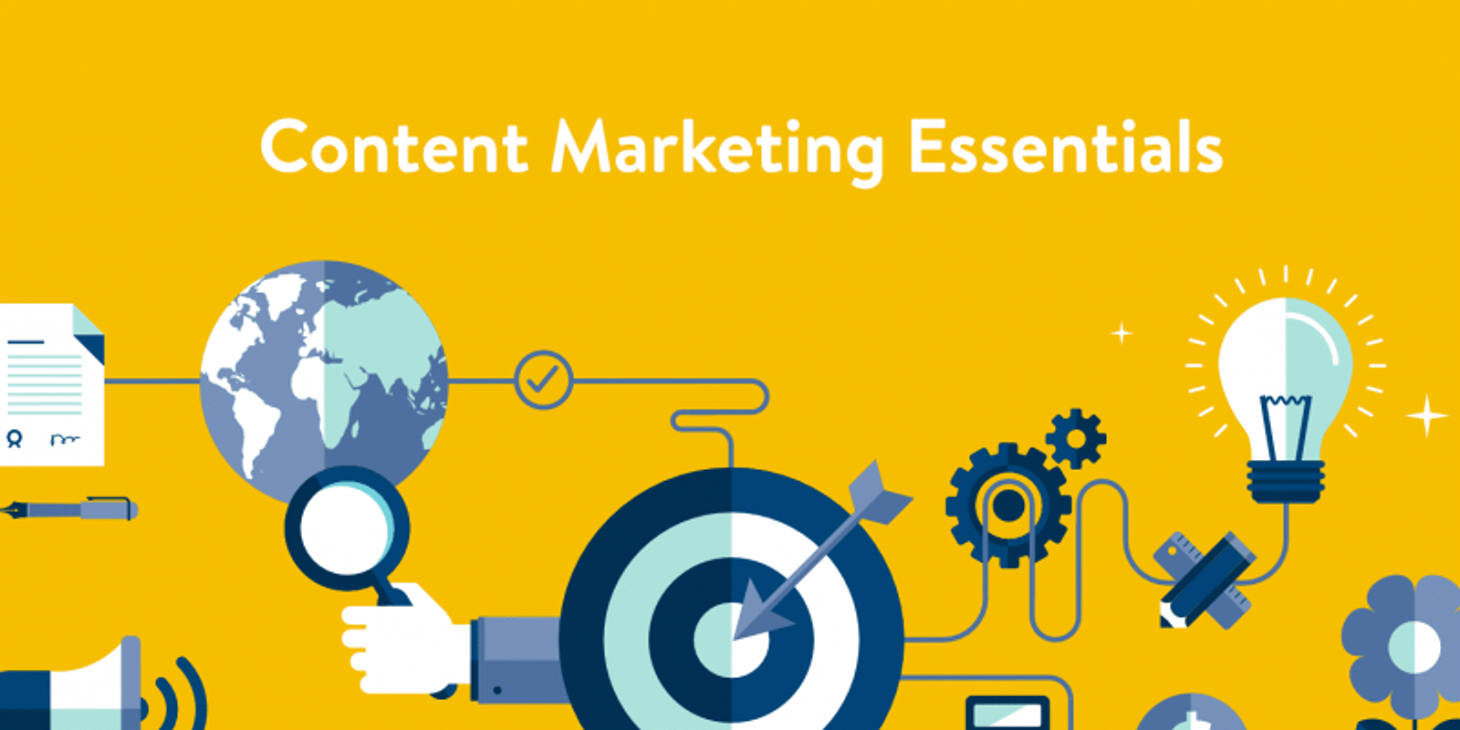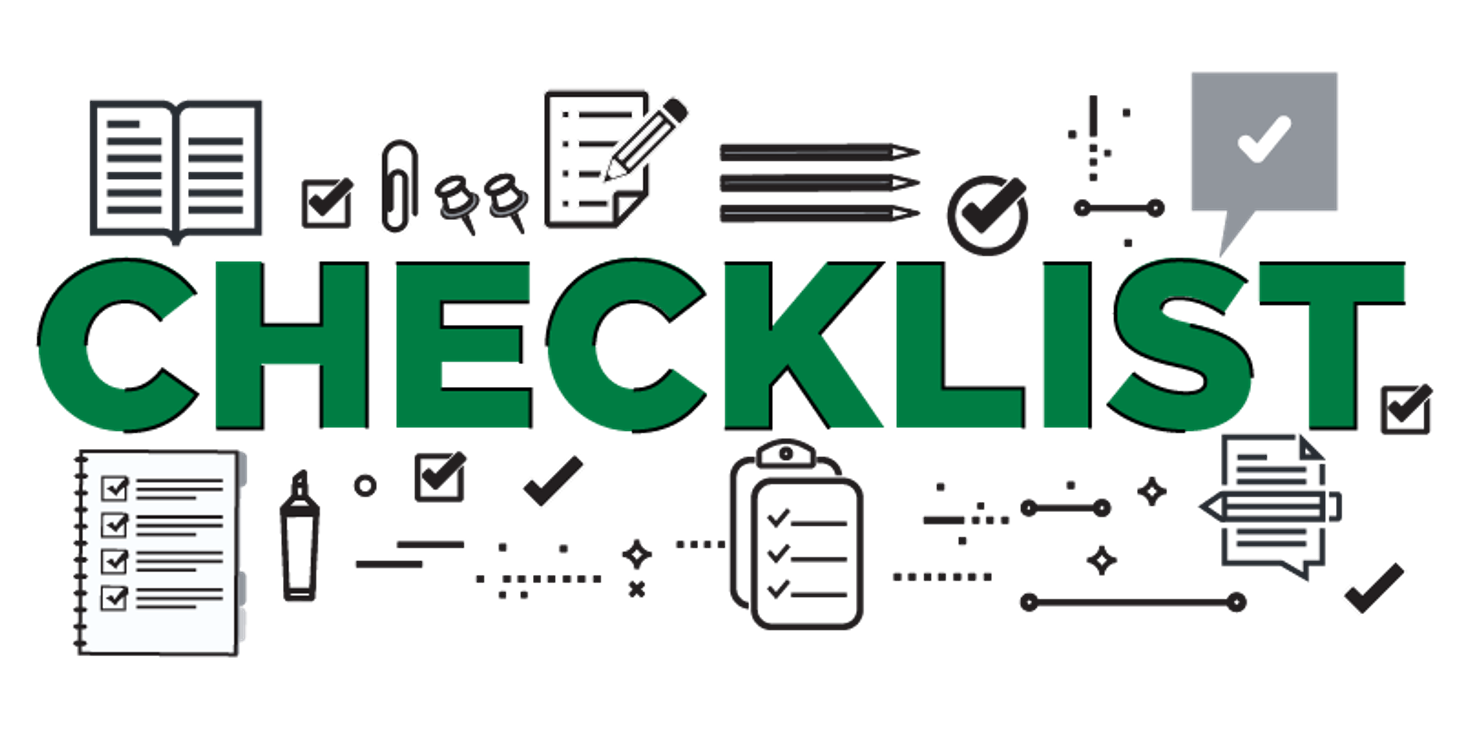01 Oct 2018
Blogging and Content Marketing for Charities: Your Five Commandments
Marketing – as everyone knows, it’s one of the major weapons in the armoury of all profit companies. However, it can also form a key tool for growing a successful nonprofit. Marketing for a nonprofit can help to raise awareness about the organisation’s message, while enhancing the brand image and increasing support for the cause. In fact, content marketing is one of the most effective forms of marketing for charities. Not only is it more cost-effective than traditional methods like TV ads, telemarketing and direct mail, but it also makes it easier for the organisation to reach the right audience.

Consider this:
- Content marketing is used by a whopping 92% of the nonprofit community, while a further 65% are using it more now than they were a year ago. Part of this strategy includes the use of guest posts, which offer fresh perspectives and extend the reach of their content to new audiences.
- You’ll get 54% more leads with inbound marketing than you would with normal outbound marketing.
- 86% of the world’s most successful nonprofit marketers have appointed someone to be responsible for their content marketing strategy.
- According to 79% of the world’s top nonprofits, the main objective of their content marketing efforts is to raise funds, with the second and third goals being brand awareness and community engagement.
When charities double down on their content marketing efforts to provide material that’s valuable and highly engaging, they’re able to attract target audiences from several different channels, while building website traffic more efficiently, and driving conversions and brand loyalty. The following are the “5 Content Marketing Commandments” that any nonprofit should follow, in order to develop an effective content marketing strategy and significantly grow their organisation.

1. Thou shalt capture emails through a website
Building an email list is still a relevant method for increasing your prospective donor list. All you have to do is dedicate one page of your website to capturing visitors’ emails, and for most websites, this is usually the page that a person first lands on when they initially visit your site. Then, be sure to keep your email list active by constantly communicating with subscribers through a newsletter or blog.

2. Thou shalt update your blog with new content
Keeping your blog regularly updated with fresh content will keep you in a favourable position on Google’s search engine rankings, while enabling you to cultivate more meaningful interactions with your followers and attract new people to the platform. Regular engagement through educational and consistent blog posts will inspire even more backing from your supporters, by encouraging them to share your message with others and donate to your cause. This is why it’s helpful to place call-to-action buttons at the end of each blog post, so that it’s easier for readers to donate or share your message.

3. Thou shalt use email segmentation
“Relationships are the ROI of life.” These are the words of renowned entrepreneur and speaker, Gary Vaynerchuk, and they really emphasise the importance of building solid relationships with your donors in order to increase their value over time. By maintaining constant and authentic communication with them, you’ll be able to cement their connection with your organisation, while inspiring them to continue supporting your cause. This is where segmentation comes in. It enables you to develop different email lists to cater to each unique group of supporters. This way, you’ll be able to communicate in language that each group understands, allowing you to develop your connection with each of them. The following are just some of the different email segments that you can create:
- Blog subscribers
- Companies they’ve donated to (so that you can appeal to their unique interests)
- Donation amount (you can separate donors into different tiers according to how much they’ve contributed to your organisation)
- Donation frequency (frequent donors should be given a special list)
- Volunteers
- Acquisition channel (you have to communicate in a certain way to donors who respond directly to your appeal, which will be different from how you communicate with third-party donors)
Your emails should show some form of continuity, so that they come across as more of a conversation keeping your readers in the loop. You should also engage them with a call-to-action, video or blog post that takes them beyond the email and immerses them into the greater world of your charity.

4. Thou shalt focus on visual storytelling
If you want lasting and impactful social media engagement, then you should post visual content. A recent study reports that Facebook photos elicit 84% more click-through, 104% more comments, and 54% more likes than a typical post. What makes visual storytelling so effective is the fact that it enables you to establish emotional ties which drive your audience to action. Here are some visual content ideas to try out:
- Content that shows what goes on behind the scenes with your team and the overall office culture
- Infographics that detail your mission as well as your field work
- Vlogs from different staff members
- Videos or images of the beneficiaries of your organisation
Just by sharing the right image, you can give potential and current donors a deeper insight into the kind of work your organisation does and its impact on the community.

5. Thou shalt send a regular newsletter
Newsletters are a great way to maintain engagement and drive growth, by keeping in constant communication with your donors as well as potential fundraisers. Check out the following tips on how to develop a more effective newsletter:
- Determine the frequency and stick to it – It’s important to consistently deliver your newsletter on the same day every week/fortnight/month. Your followers will be used to your schedule, and some might be disappointed if you don’t stick to it.
- Include social share buttons – Keep the conversation going by providing links to your social media and website.
- Send a personalised email after sign-up – Sending personalised emails right after a donor has signed up is a great way to establish an instant connection that goes deeper than a normal auto-email.
- Keep it consistent – Instead of allowing a particular campaign to completely take over your newsletter, make it a feature along with other content so that you can maintain consistency at all times.

Marketing Conclusion
In a nutshell, content marketing is a powerful instrument that charities can use to attract, establish and maintain relationships with supporters and donors. Leverage the best practices covered in this article on a consistent basis, and you’ll notice the improved engagement and noticeable growth of your nonprofit in no time! Amen to that. At Don’t Panic, we don’t just talk the talk – we’re busy walking the walk too. To see our work, click here, or if you’re after an attention-grabbing campaign of your own, click here.
Share
Related Articles
Loading...



